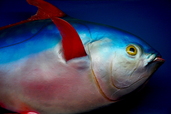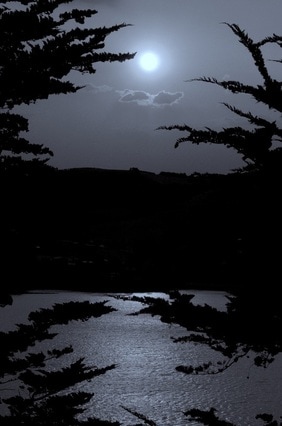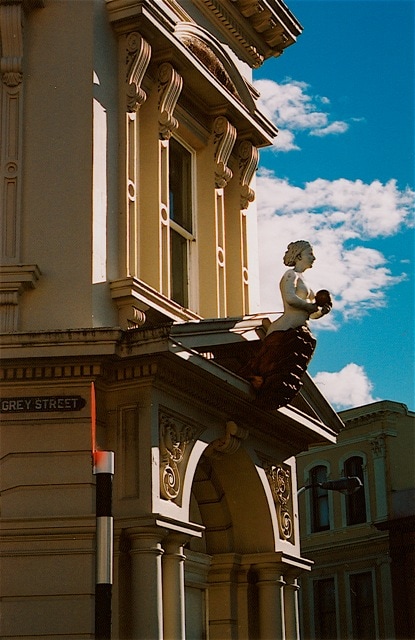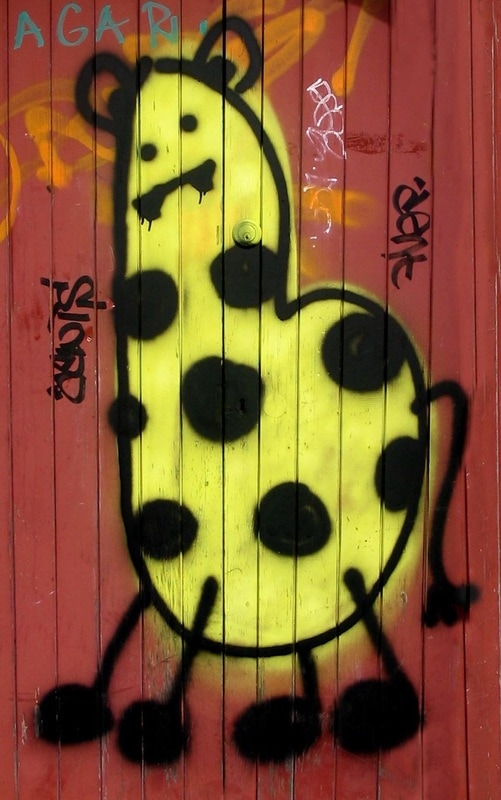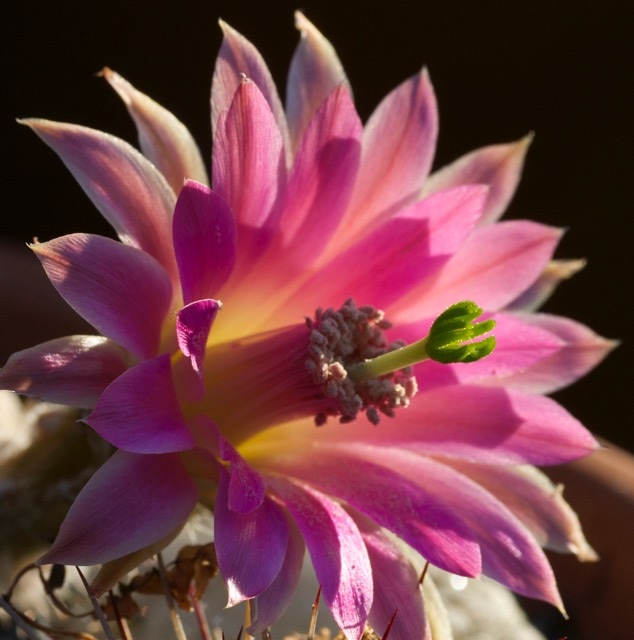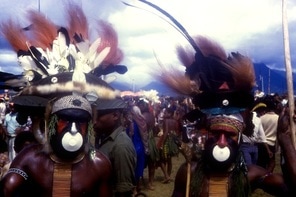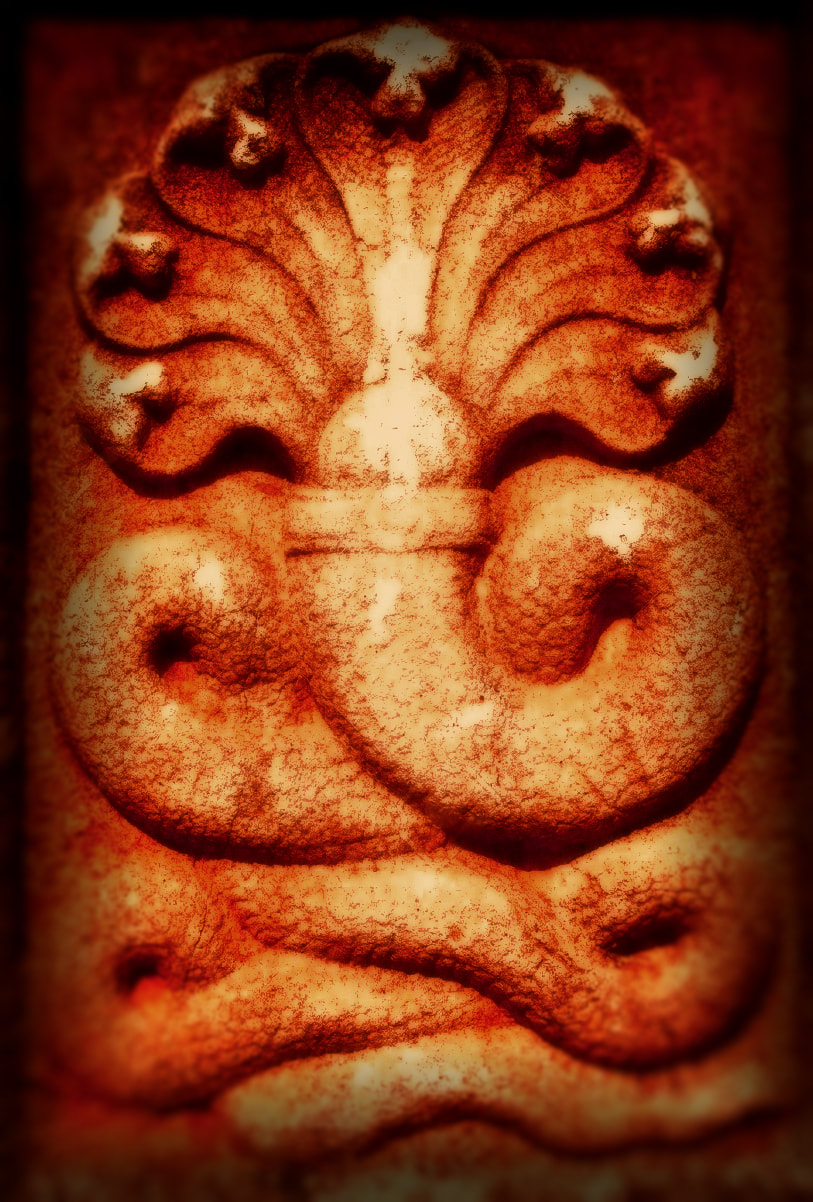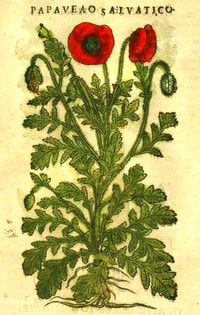| Cultivation-wise, Aloe meyeri has yet to pull any dick moves; I received it as a very small plant about three years back and it has expanded slowly and steadily, fattening up and coming into its lovely starry adult shape, gaining prominent pearly teeth along the leaf margins and keeping a few of the wee pale maculations that are a hallmark of many juvenile aloes. It spends all year outdoors, enjoying shelter from winter precipitation but no heating to speak of, sailing through temps as low as -2º C with snow on the ground nearby without turning a hair or developing visible damage. I respect this guy's precipitous origins by using a very open soil mix and ensuring perfect ventilation. A very nice plant. | Aloe Meyeri. In a word, cute. This is a small cliff-dwelling species from the Rosyntjieberg mountains in the Northern Cape district of South Africa, sometimes clumping and pendant, sometimes remaining upright. I agree with Aloes the Definitive Guide that this species is obviously related to A. mitriformis and most peeps with knowledge of that much more familiar plant will probably concur. This is my specimen. It's flowered for the first time while still solitary and at about 25cm wide from tip to tip, the bud sneaking out of an upper internode as per the pic below. ^ I apologize for the aphids that have battened on this nice little inflorescence. It is strongly bi-coloured, like a gasteria's flowers. |
|
* MORE SUCCULENTS & ALOES HERE * Comments are closed.
|
Independent Creativity
|


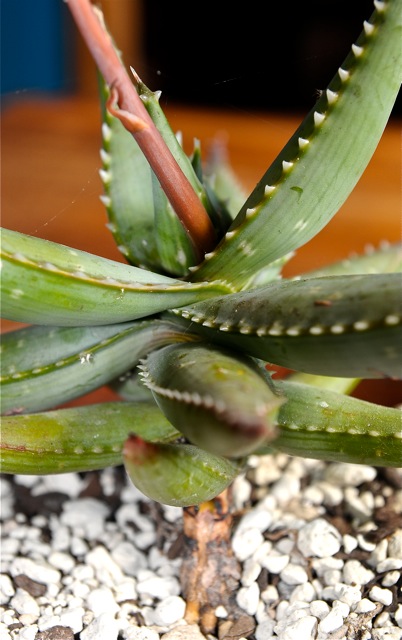
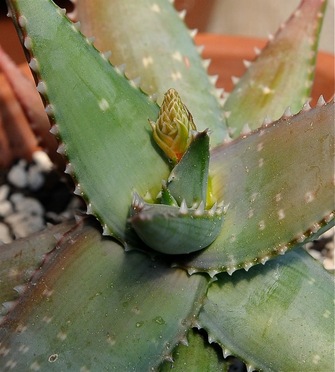
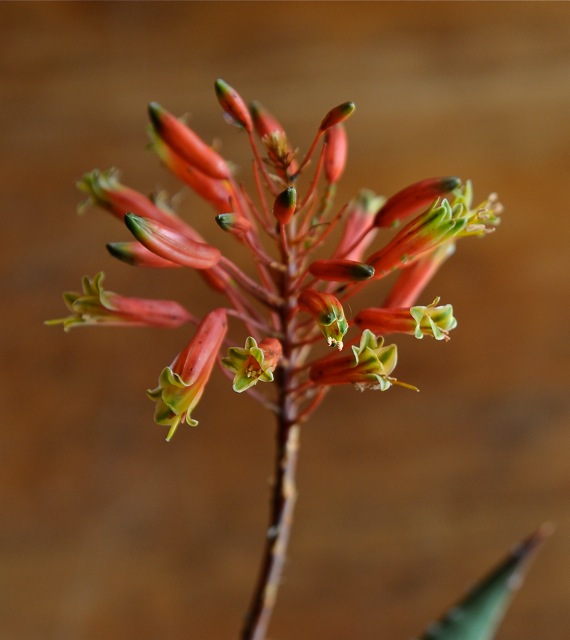
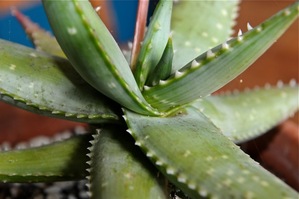
 RSS Feed
RSS Feed



